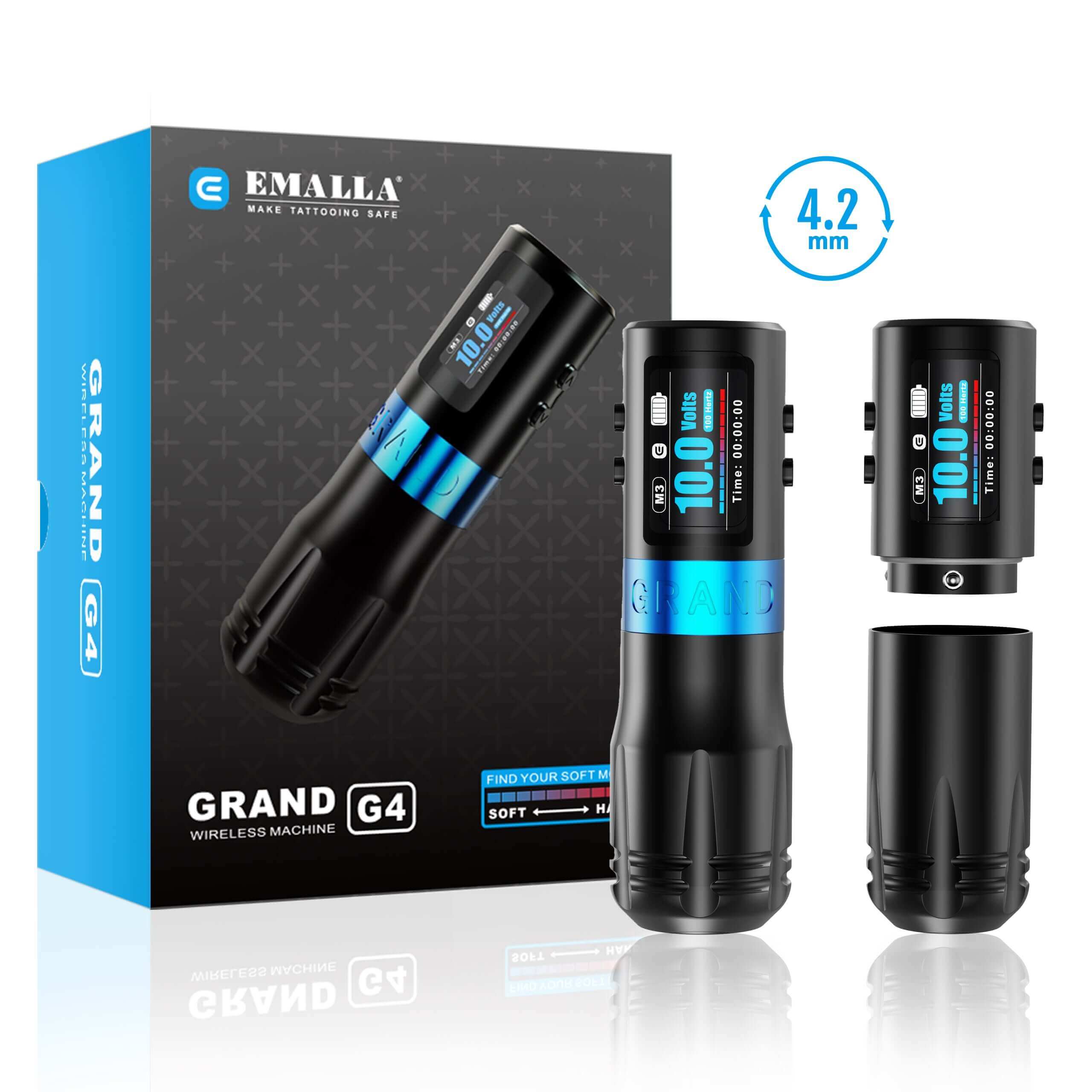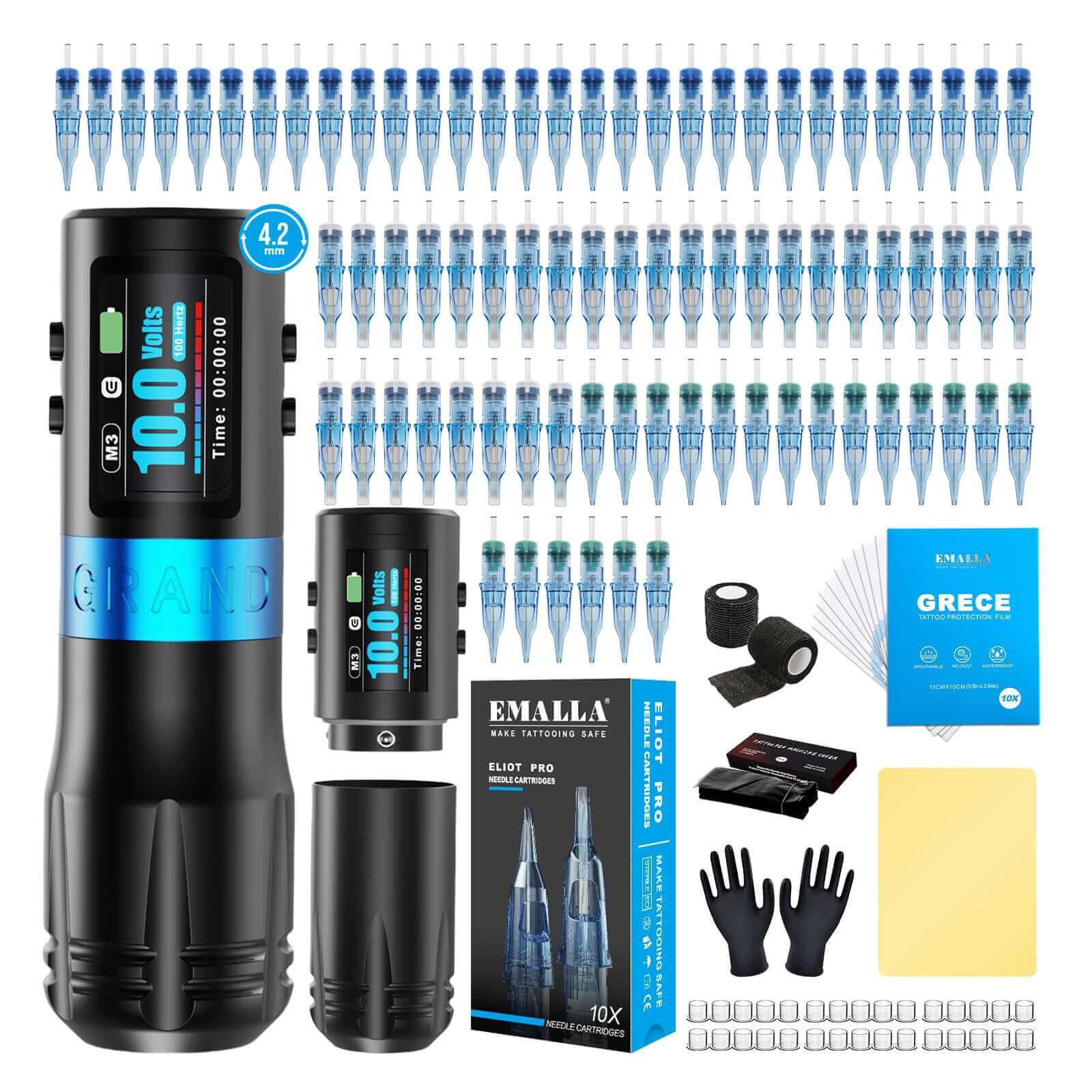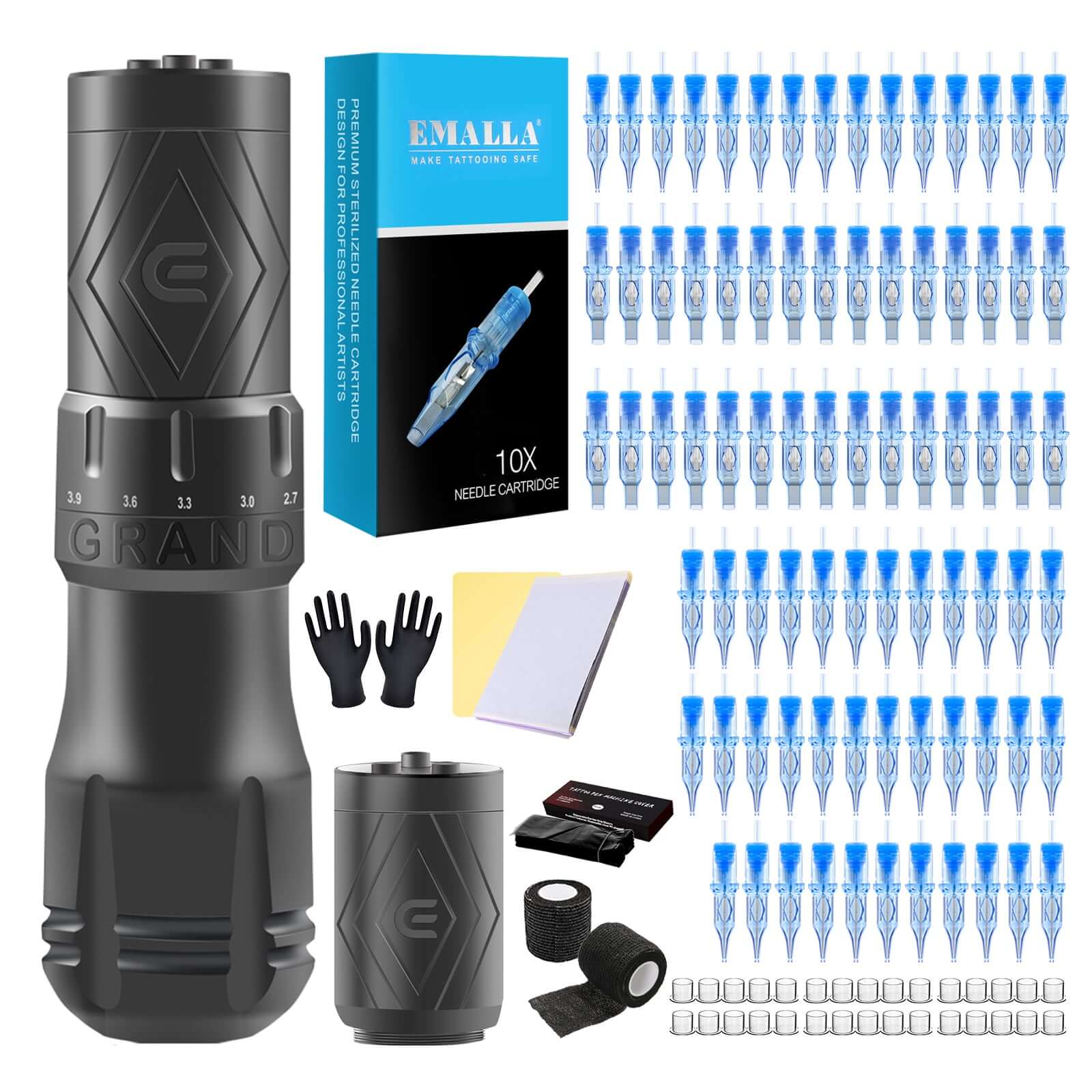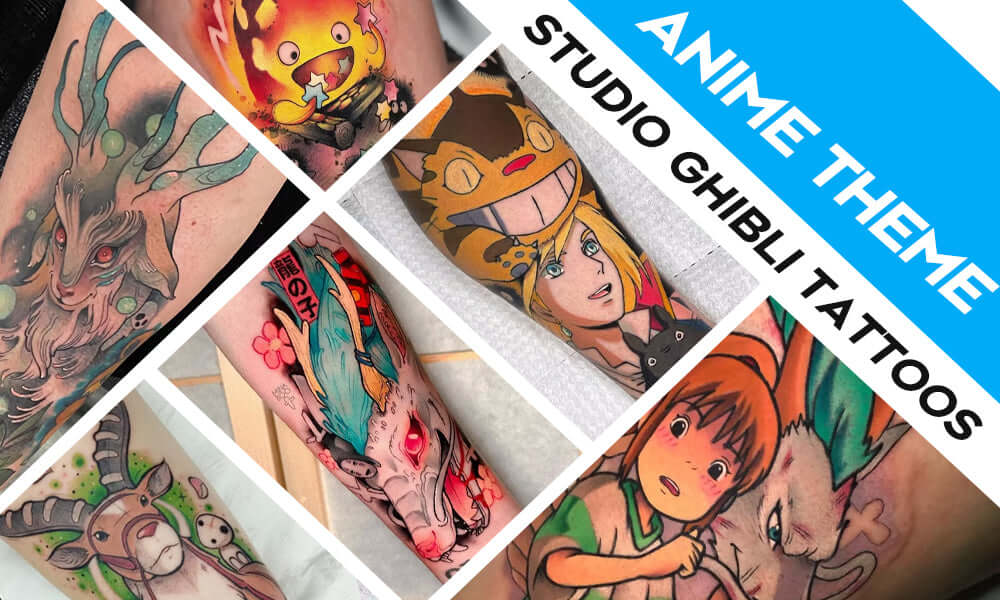Terrorism tattoos, as an extreme form of body art, trace their origins back several centuries. While modern terrorism tattoos have evolved significantly in form and content, their roots can be found in ancient cultures. In ancient times, tattoos were often used as symbols, identity markers, and part of religious rituals. In some tribes and cultures, tattoos had mystical and terrifying connotations, used to express fear or reverence for enemies.

Drawings from the web.
Modern terrorism tattoos were influenced by the countercultural movements of the 20th century, particularly during the 1970s and 1980s, when punk and heavy metal cultures emerged. Tattoos became associated with rebellion, violence, and antisocial behavior. Within this cultural backdrop, terrorism tattoos gradually formed, becoming a unique art form to express extreme thoughts, fear, and anger.
Introduction to Terrorism Tattoo Works
Terrorism tattoo works are usually filled with dark, terrifying, and extreme elements. These works are not just artistic expressions but reflections of the tattoo bearer's inner world. Here are some common styles of terrorism tattoos:
Skulls and Bones: These designs often symbolize death and fear. Intricate skulls, crossed bones, and complete human skeletons are common design elements.

Tattoo By our Proteam Artist @heukdo__
Demons and Monsters: These designs exude mystery and terror. Demons, vampires, zombies, and other supernatural creatures are popular choices for terrorism tattoos.

Blood and Violence: These tattoos depict bloody scenes, such as dripping blades, blood-spattered text, or wounded bodies, aiming to shock the viewer.

Dark Scenes: These designs include eerie forests, abandoned buildings, and terrifying graves, creating an atmosphere of unease and fear.

Necessities Needed for Terrorism Tattoos
The process of tattooing requires a series of professional tools, and this is especially true for terrorism tattoos. Here are some essential tools:
Tattoo Machine:
Modern tattoo machines are electric, typically driven by coils or rotary motors. For such a complex black and grey horror tattoo, a multi-stroke cordless pen would be a good choice. The EMALLA Grand Wireless Tattoo Pen Machine is very popular with many professional tattoo artists for it multi-stroke and comfortable grip design, may you could try it.
Needles:
Needles come in various sizes and shapes, selected based on specific needs. Terrorism tattoos often use fine needles for detailed lines or larger needles for filling in extensive areas. Eliot Pro and Eliot series is just required. They are very sharp and come in a wide range of models, catering for the production of a variety of tattoo styles.

Sterilization Equipment:
Keeping tools and skin clean is key to preventing infections. Tattoo artists typically use autoclaves for tool sterilization and disposable gloves and alcohol-based disinfectants to clean the skin.
Conclusion
Terrorism tattoos are more than just body art; they are a comprehensive expression of culture, history, and individual psychology. From their ancient origins to modern evolution, terrorism tattoos have become a unique art form that reflects humanity's deepest fears and darkness. Through complex designs, professional techniques, and profound themes, terrorism tattoos leave a permanent mark on the body, reminding us of the importance of confronting and understanding fear.
Although extreme, this art form is also a way for humans to express themselves and explore their inner selves. In the future, as culture continues to develop and change, terrorism tattoos will continue to evolve, offering us more insights into human nature and fear.








